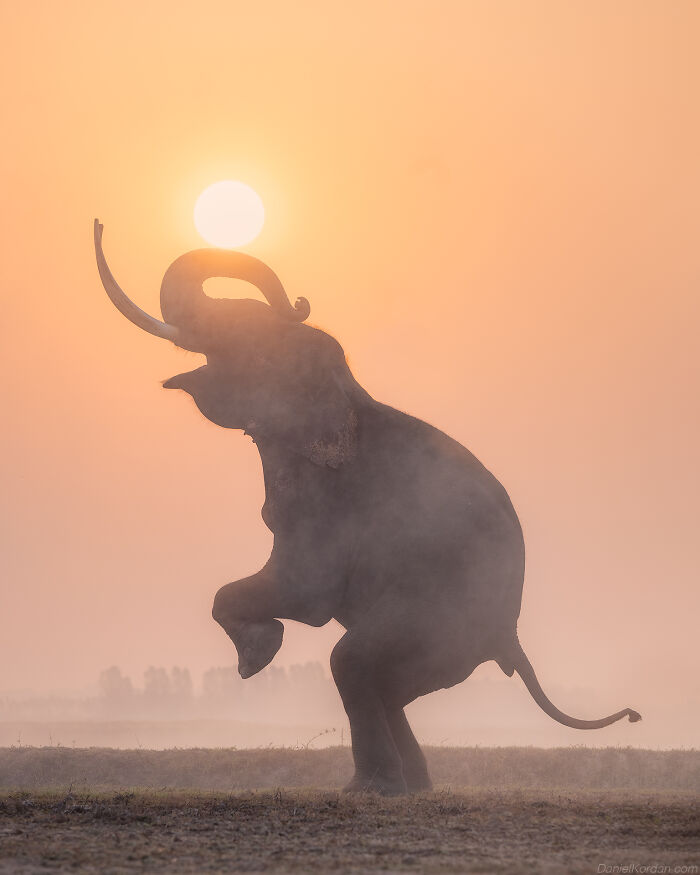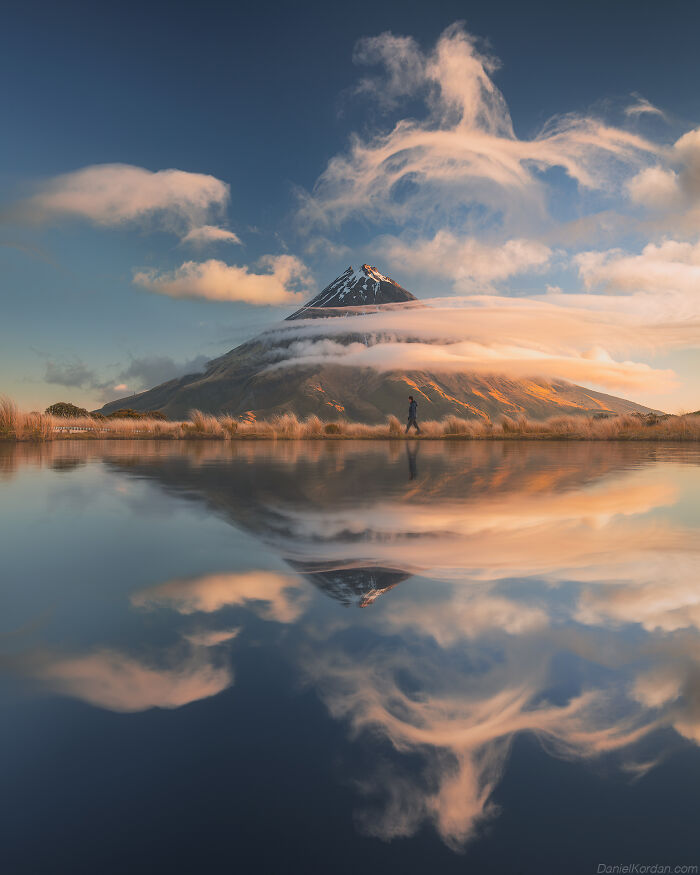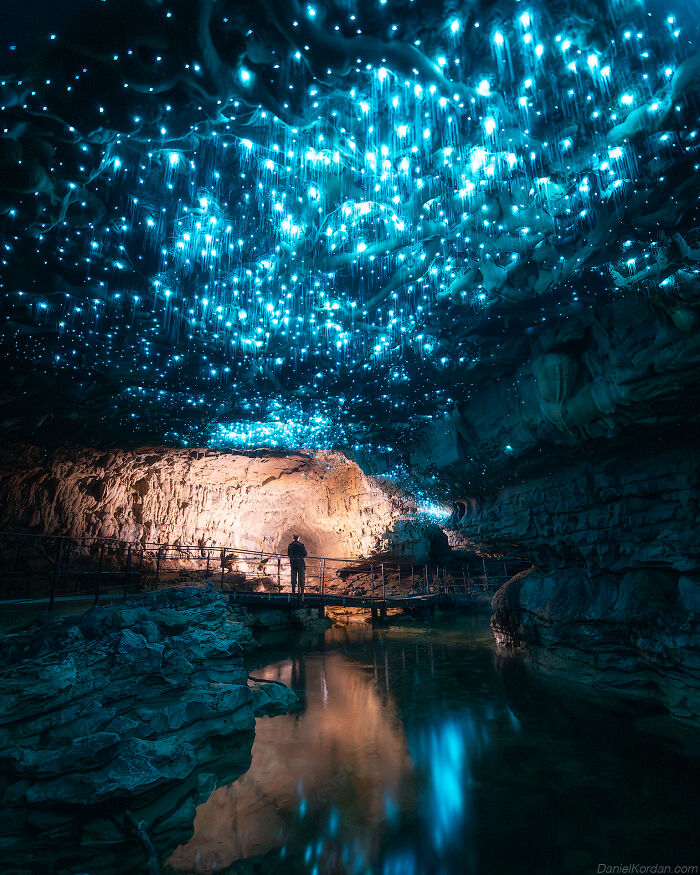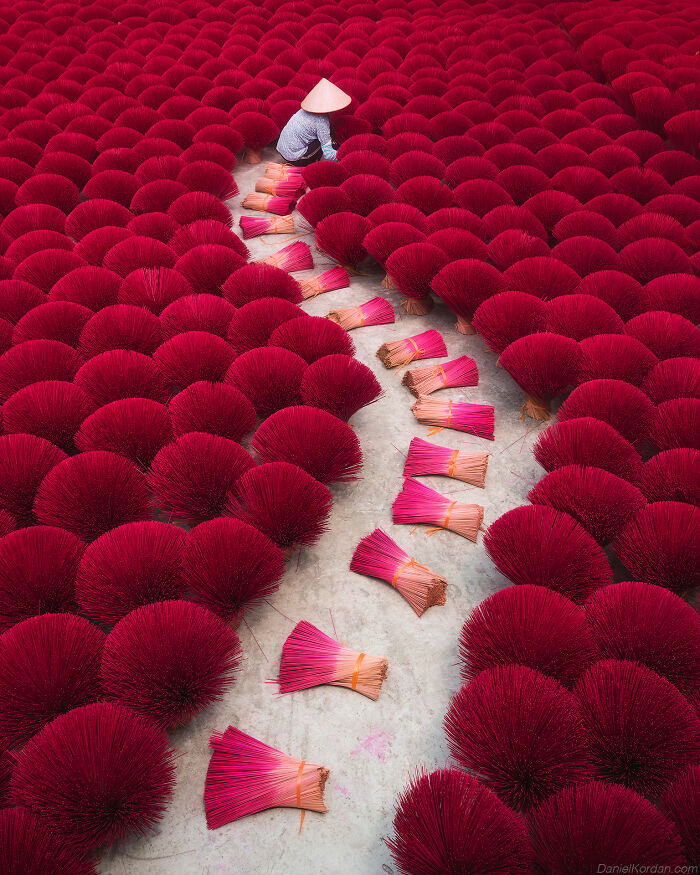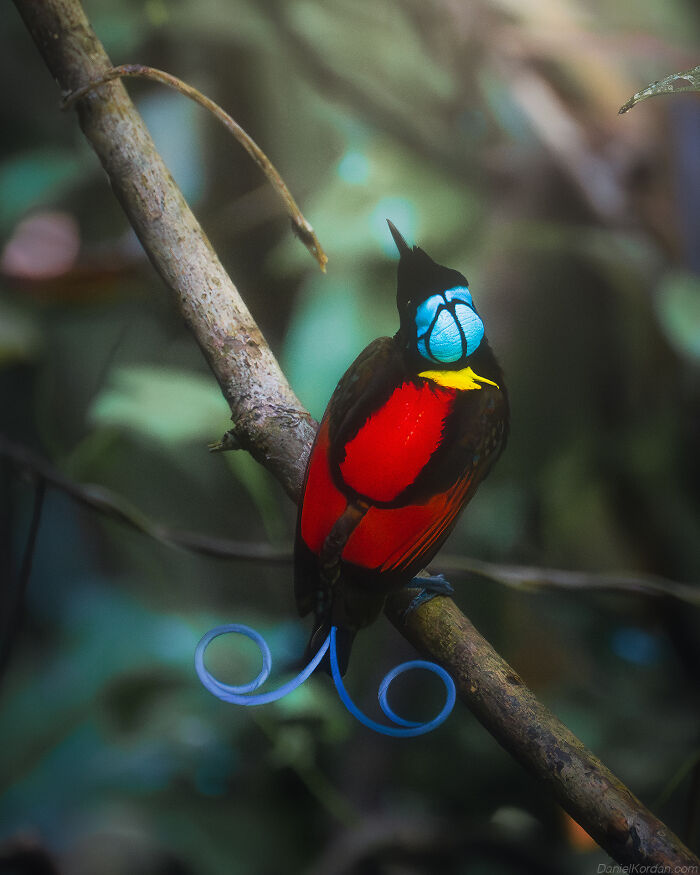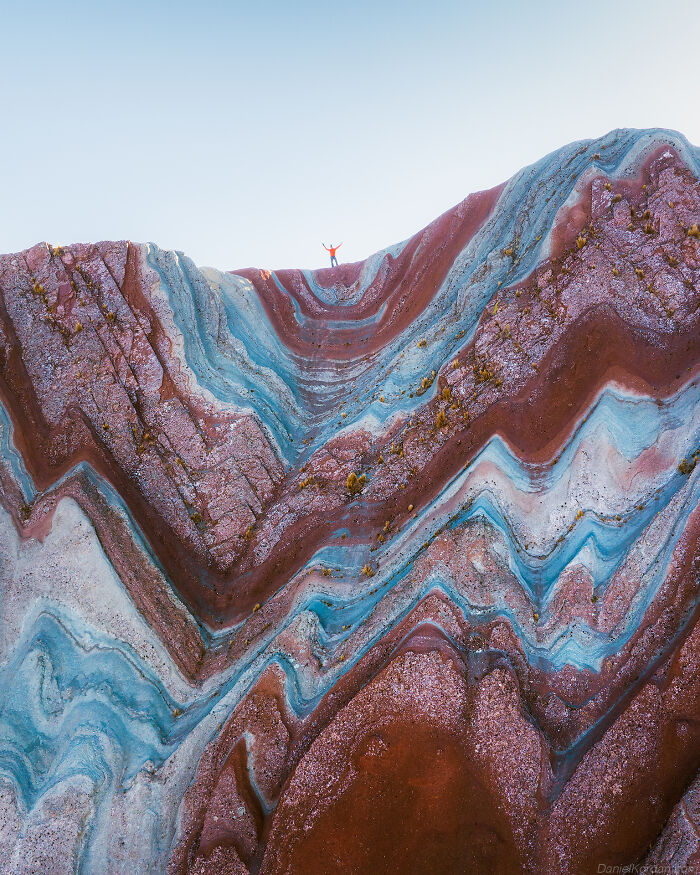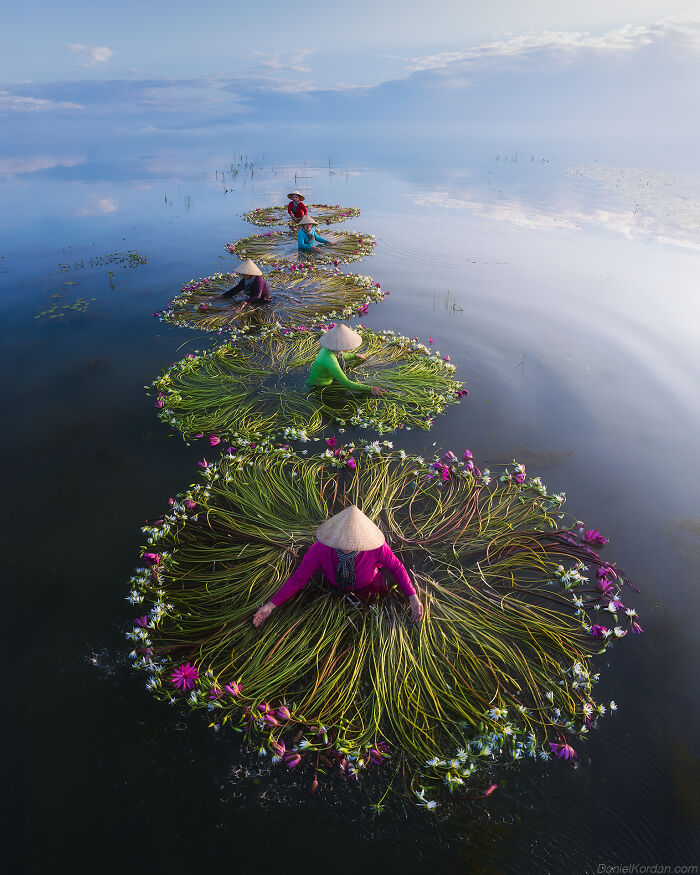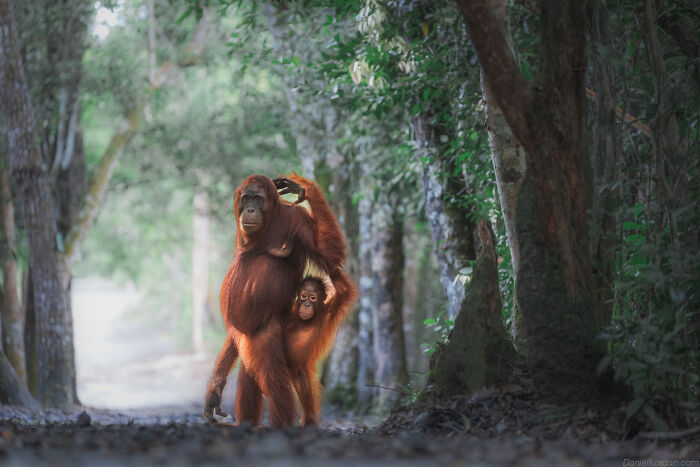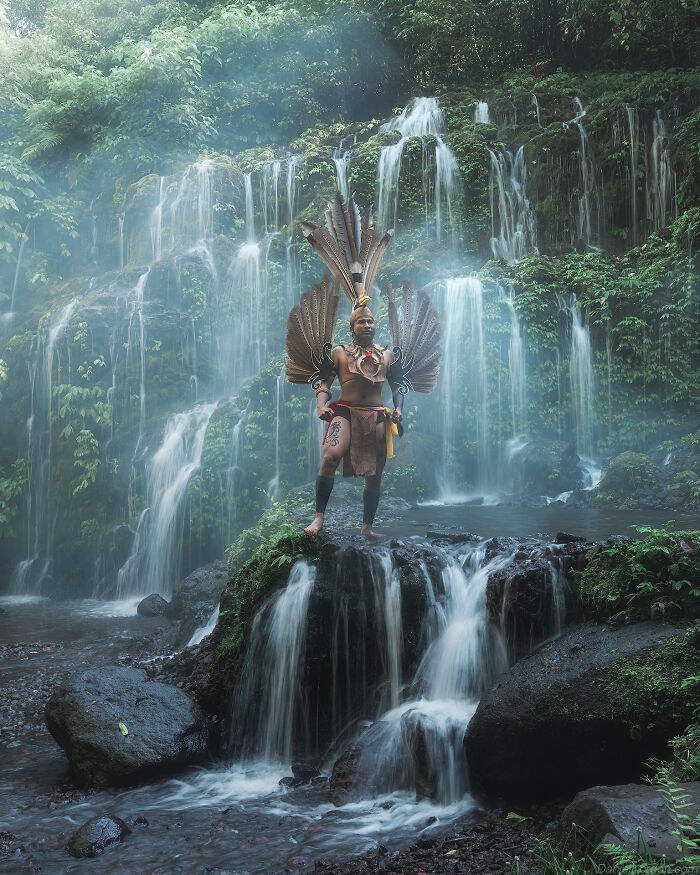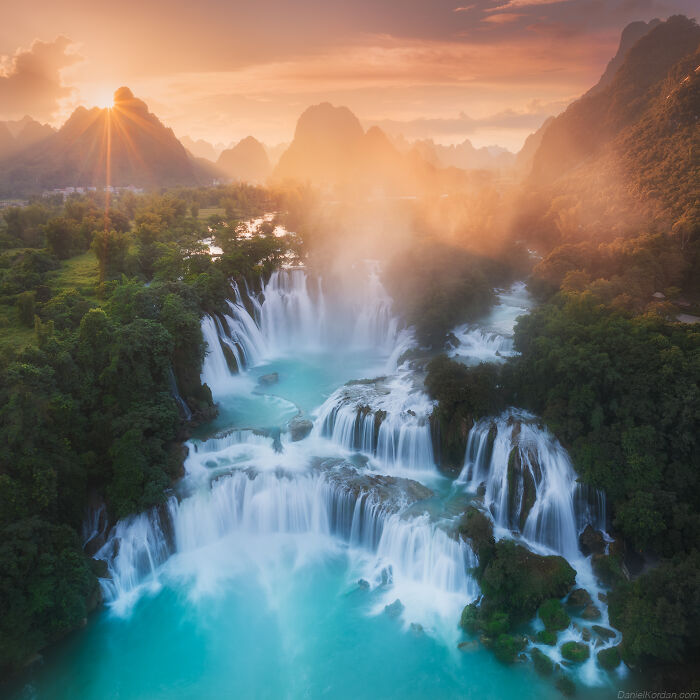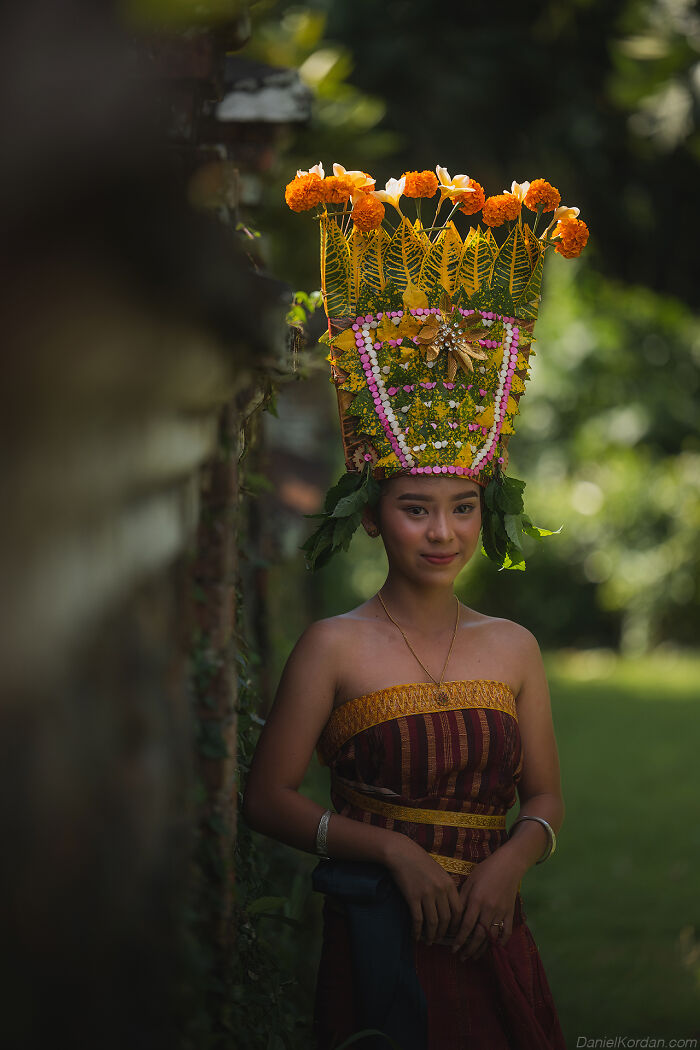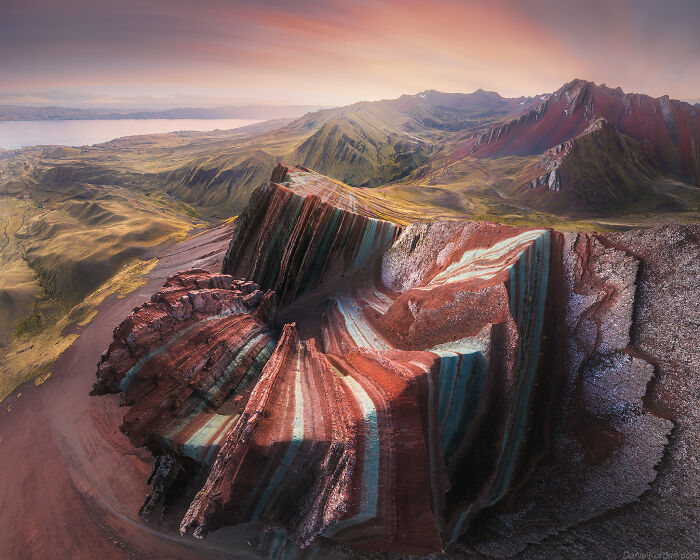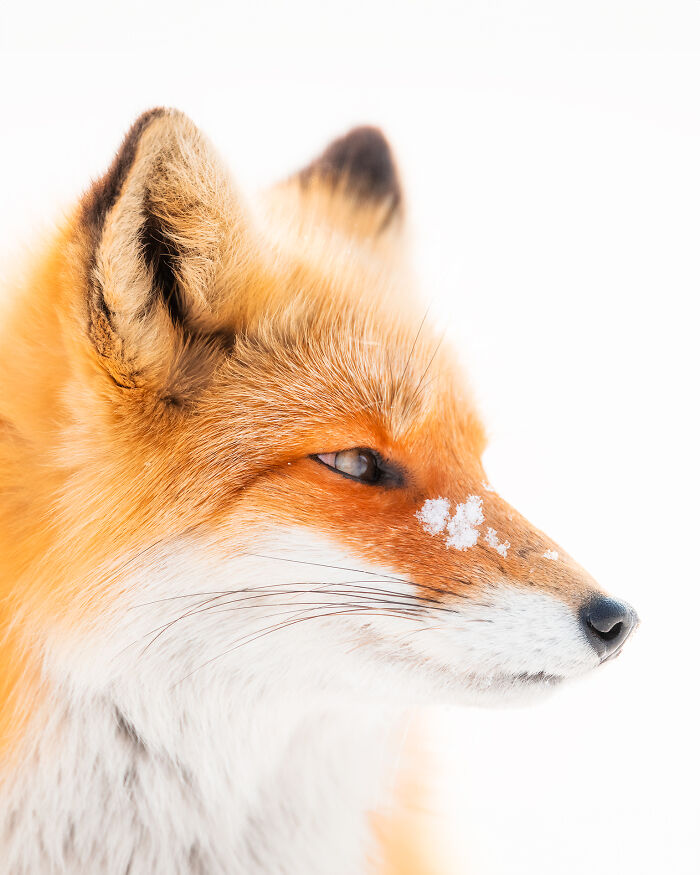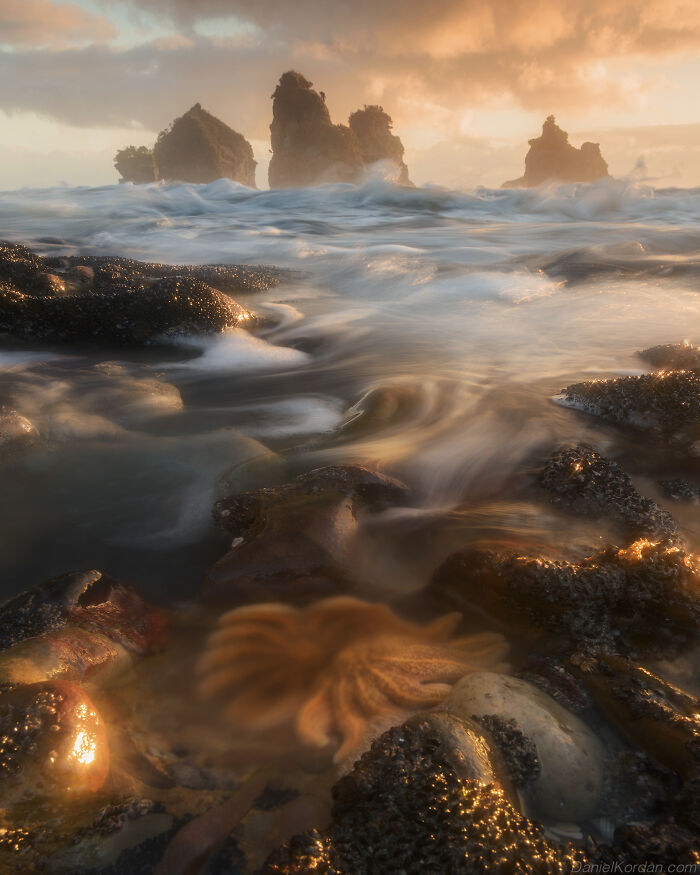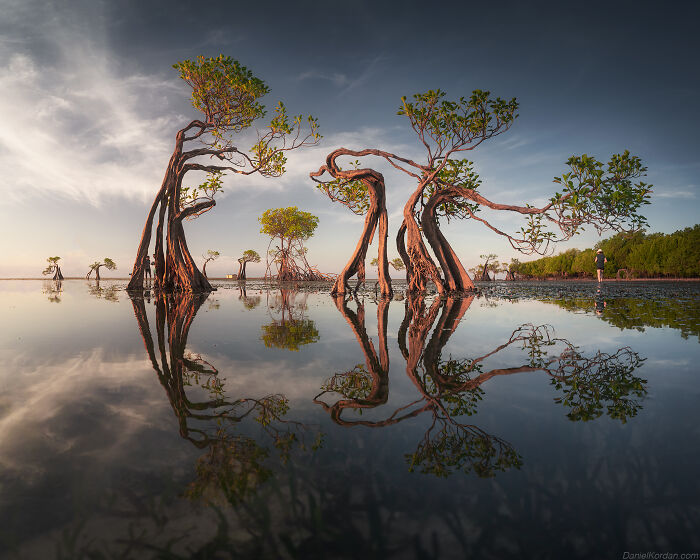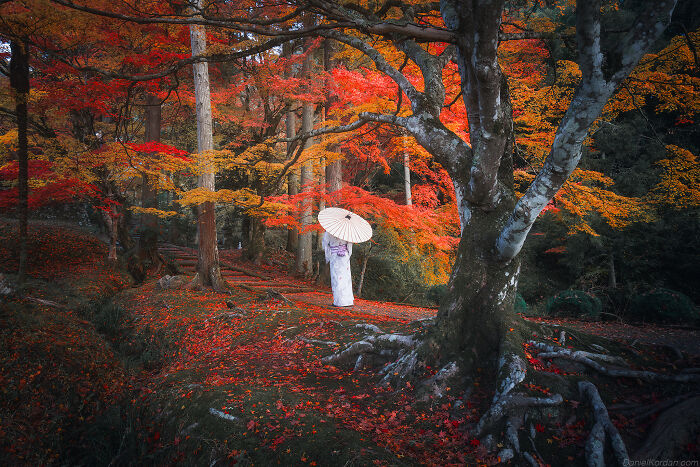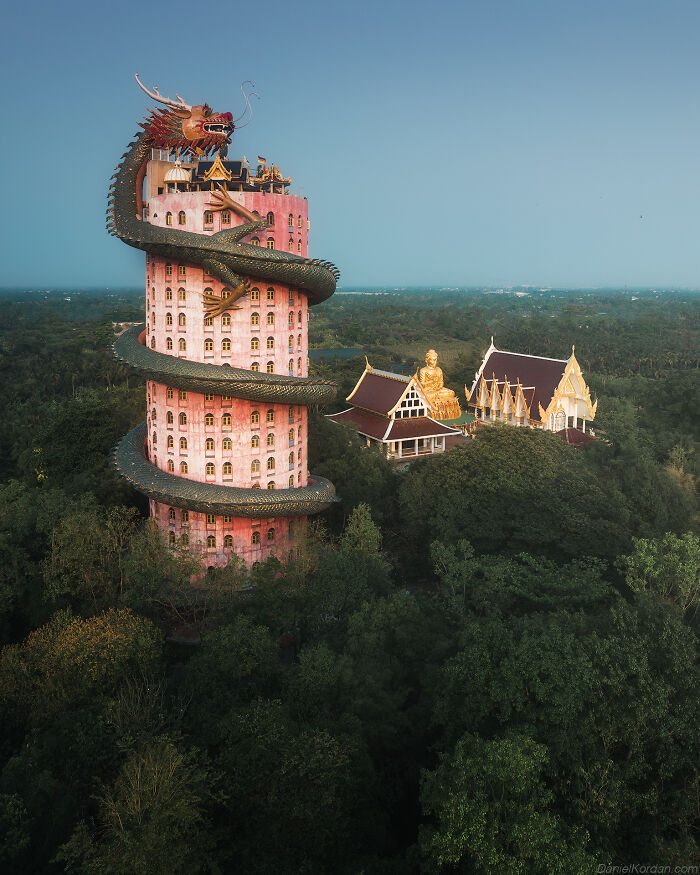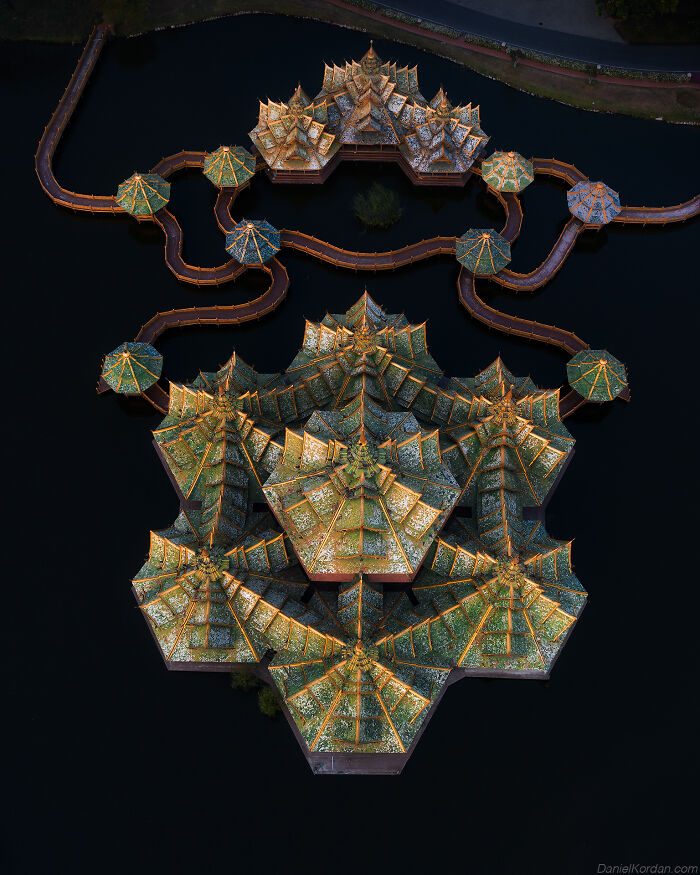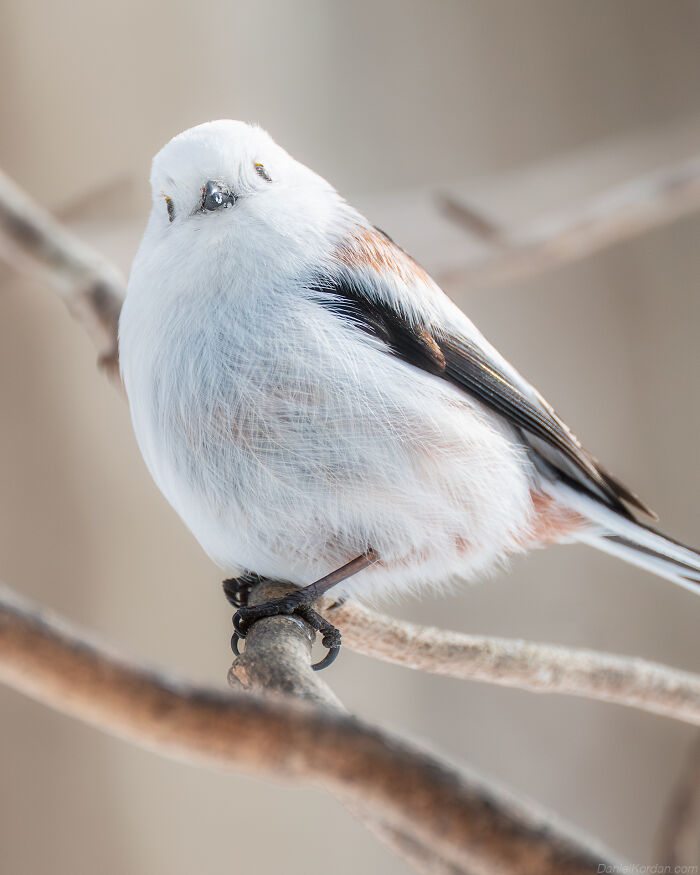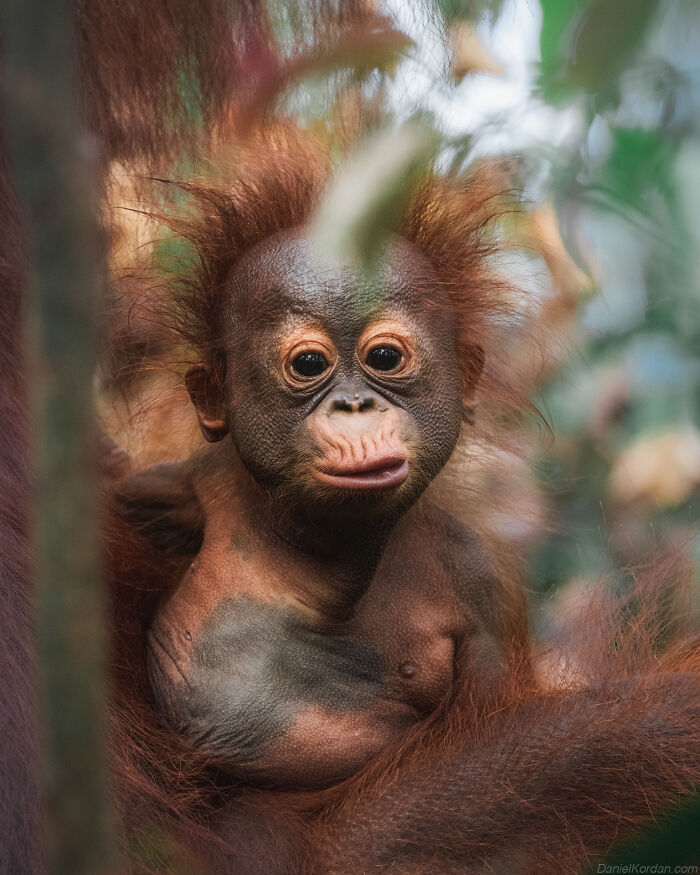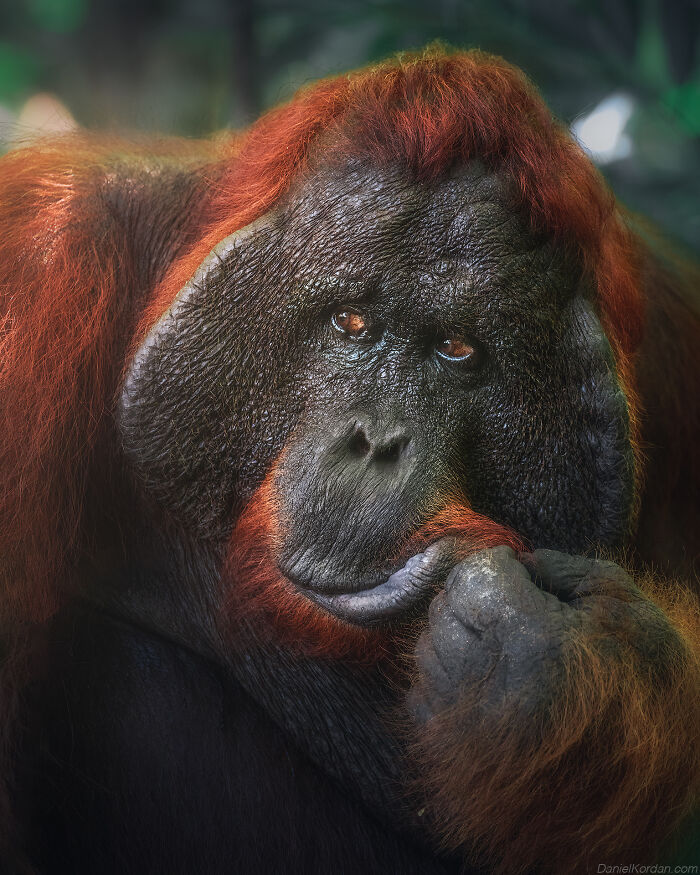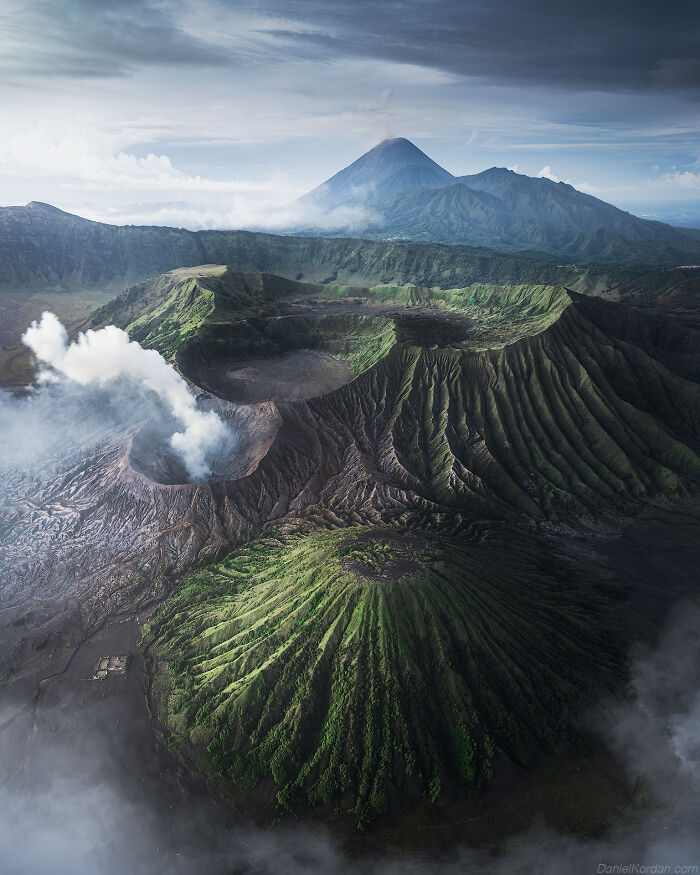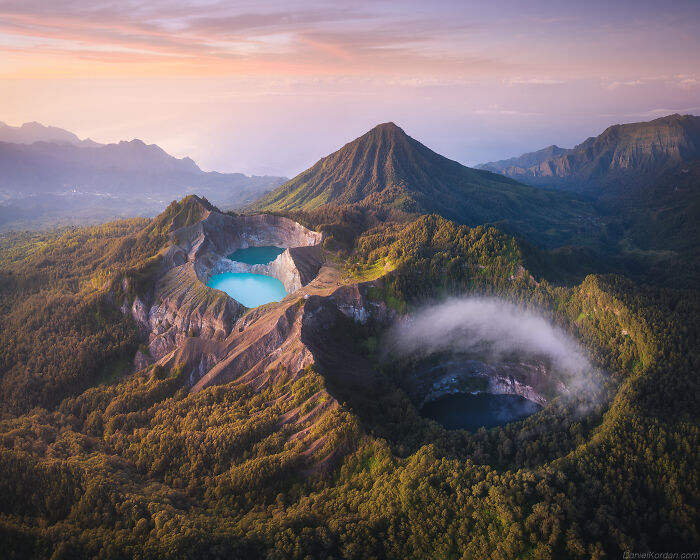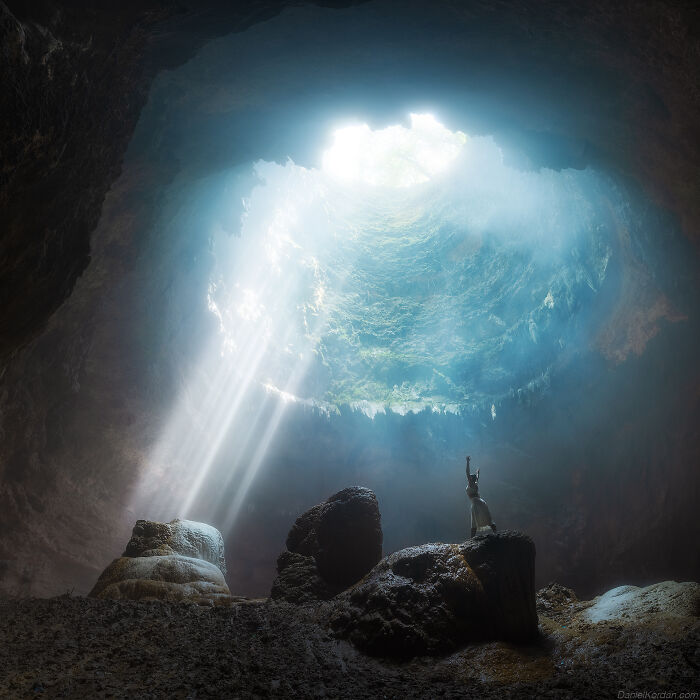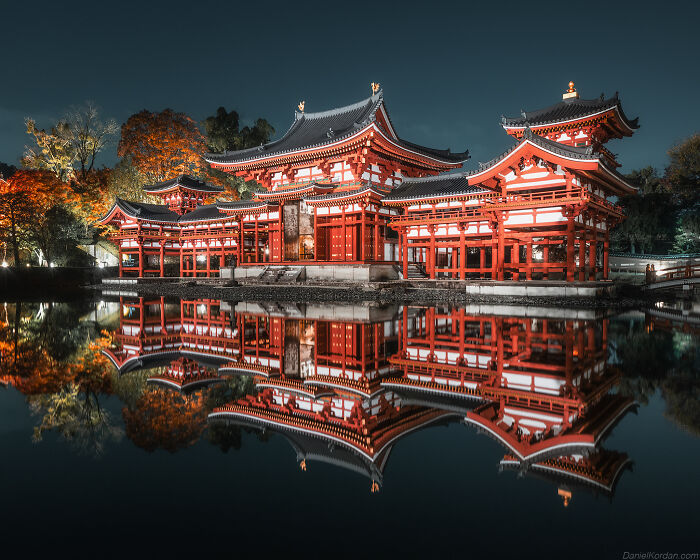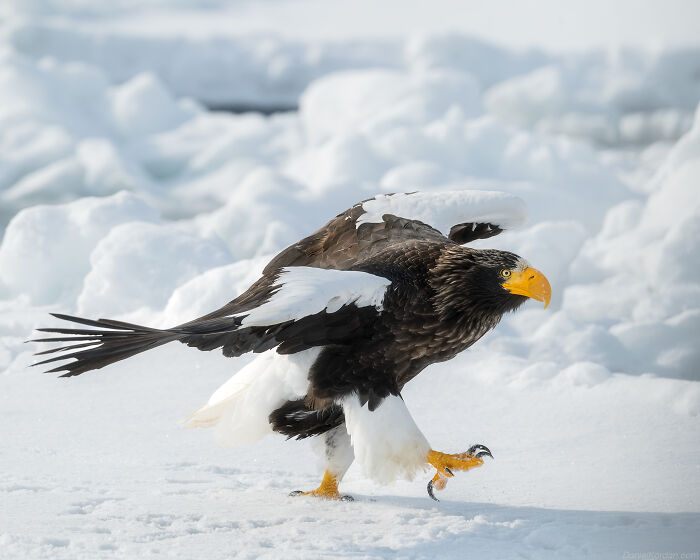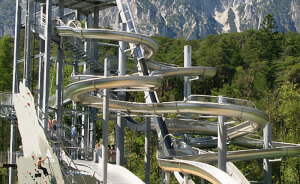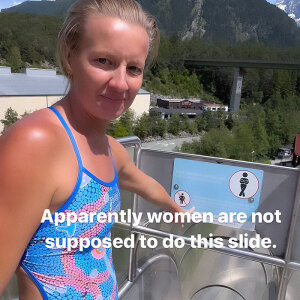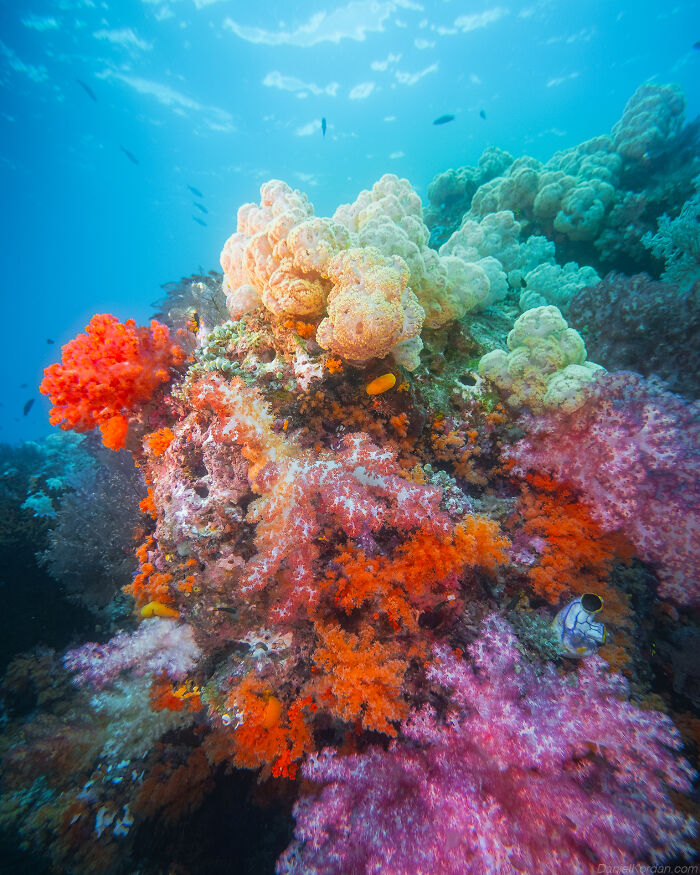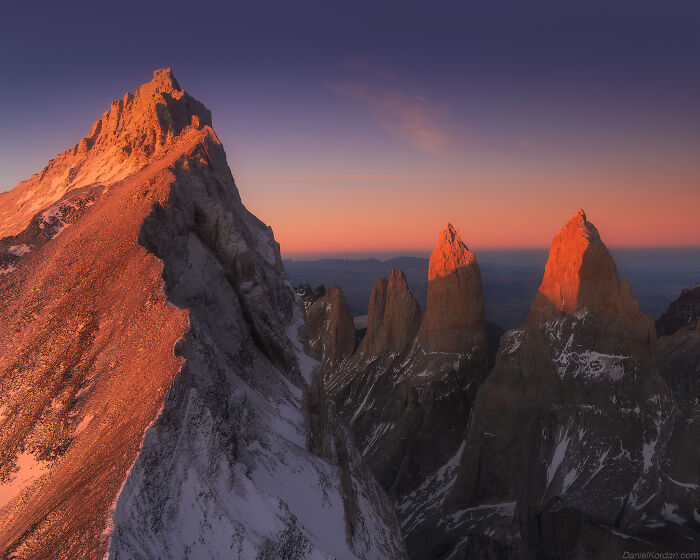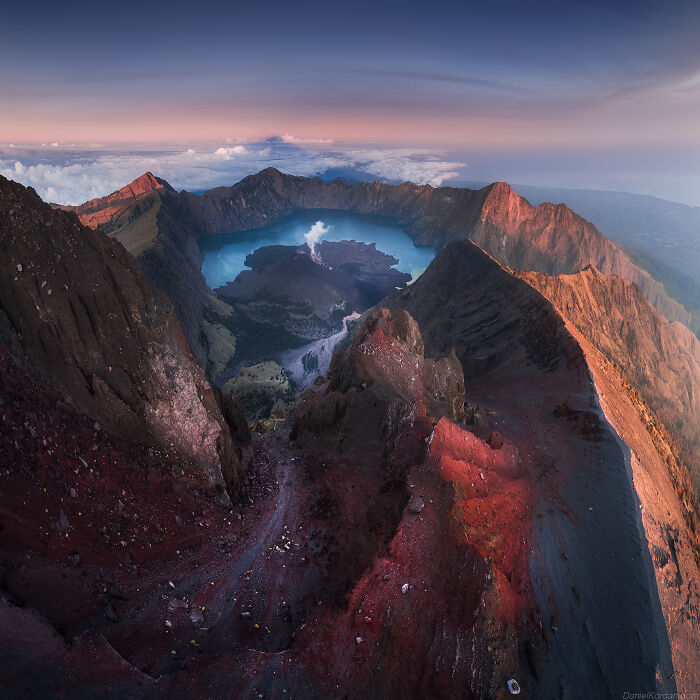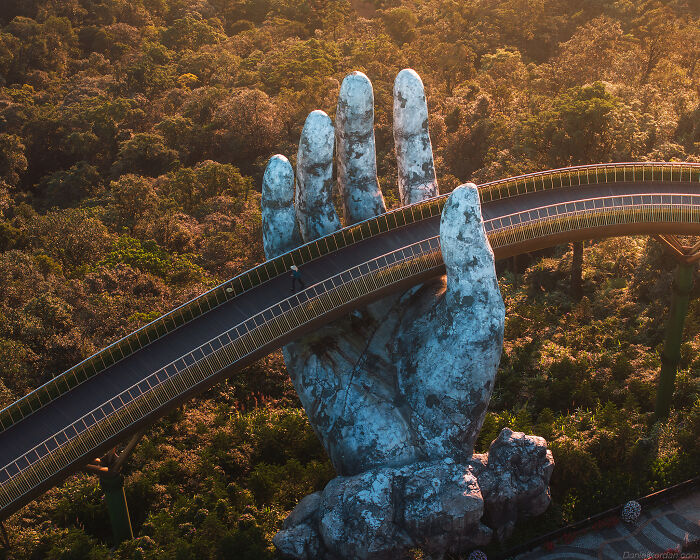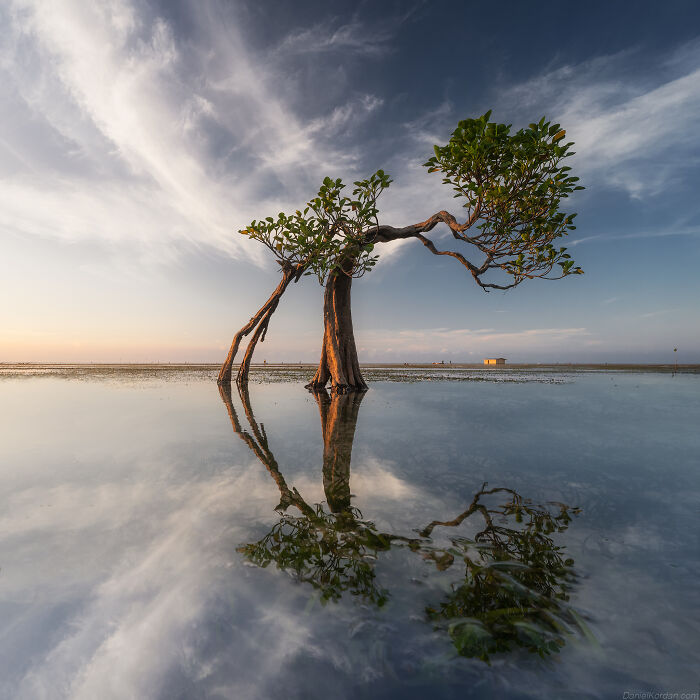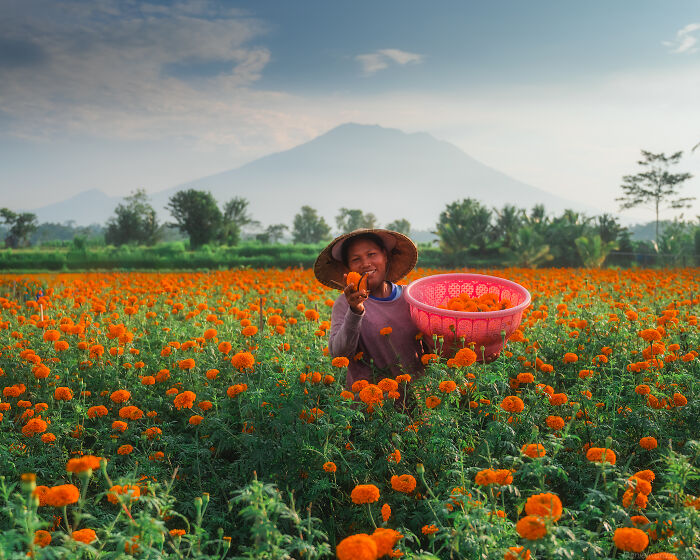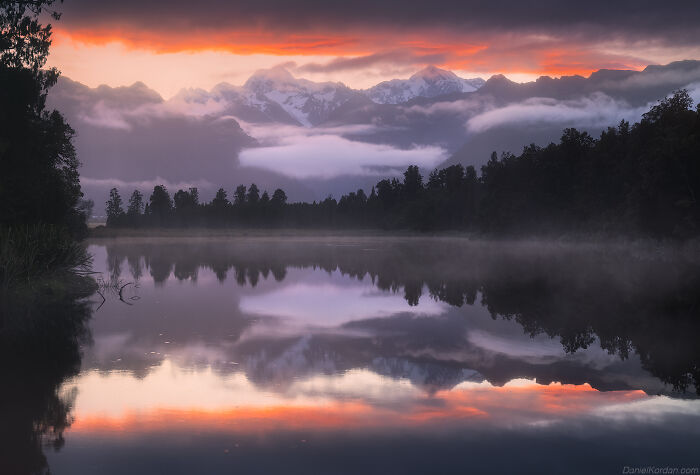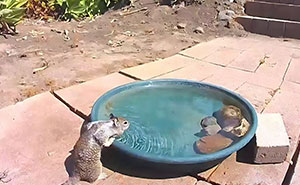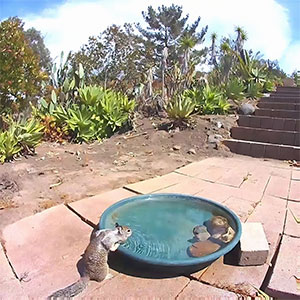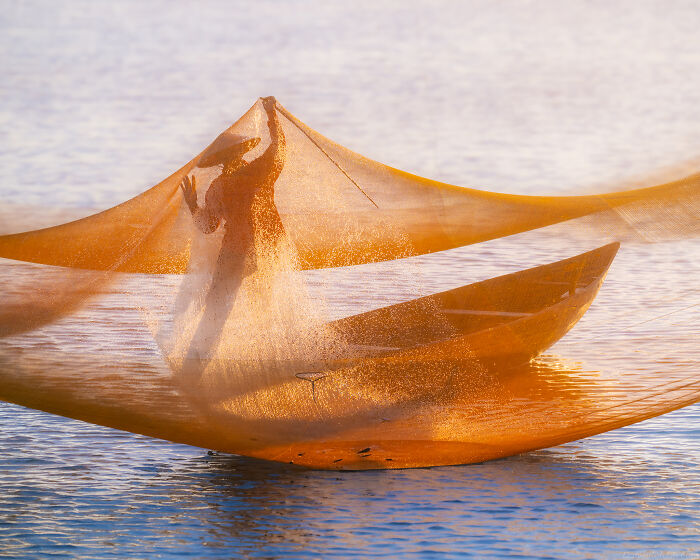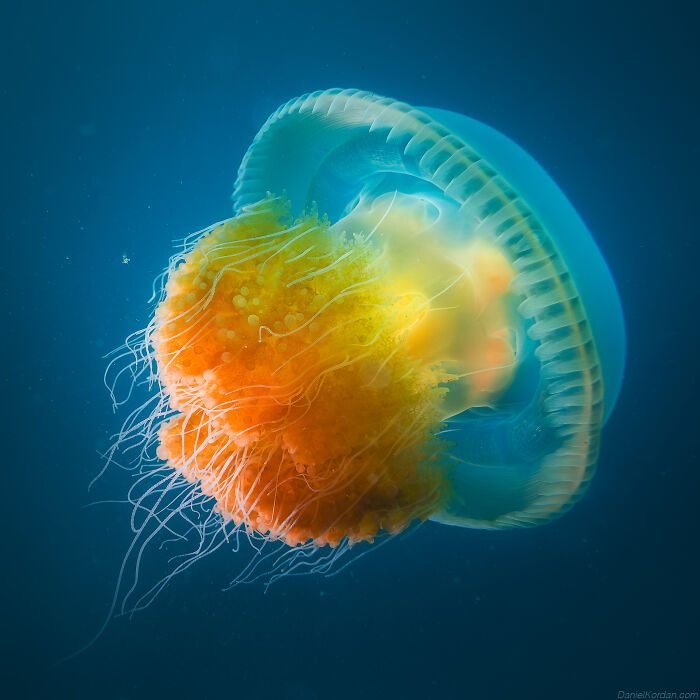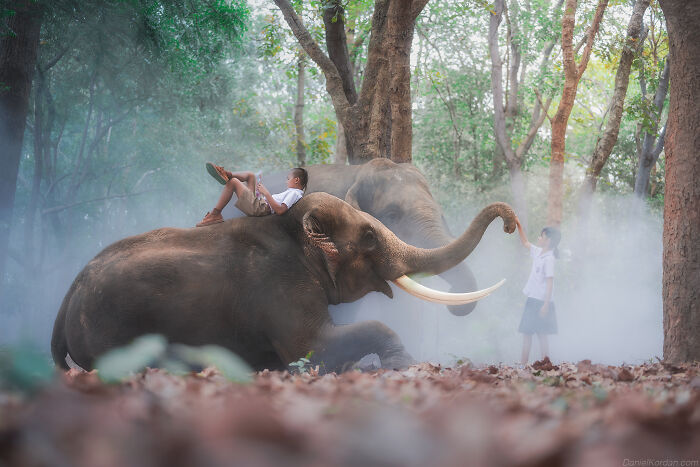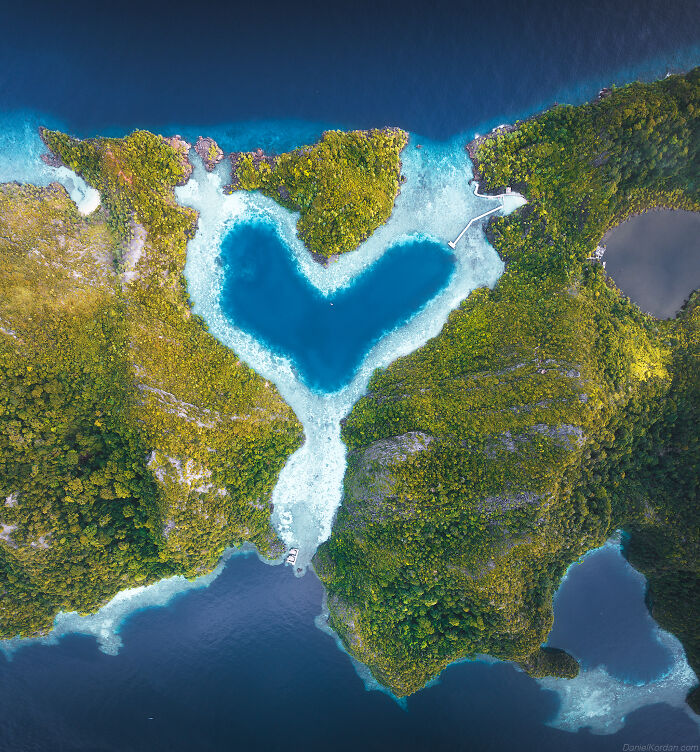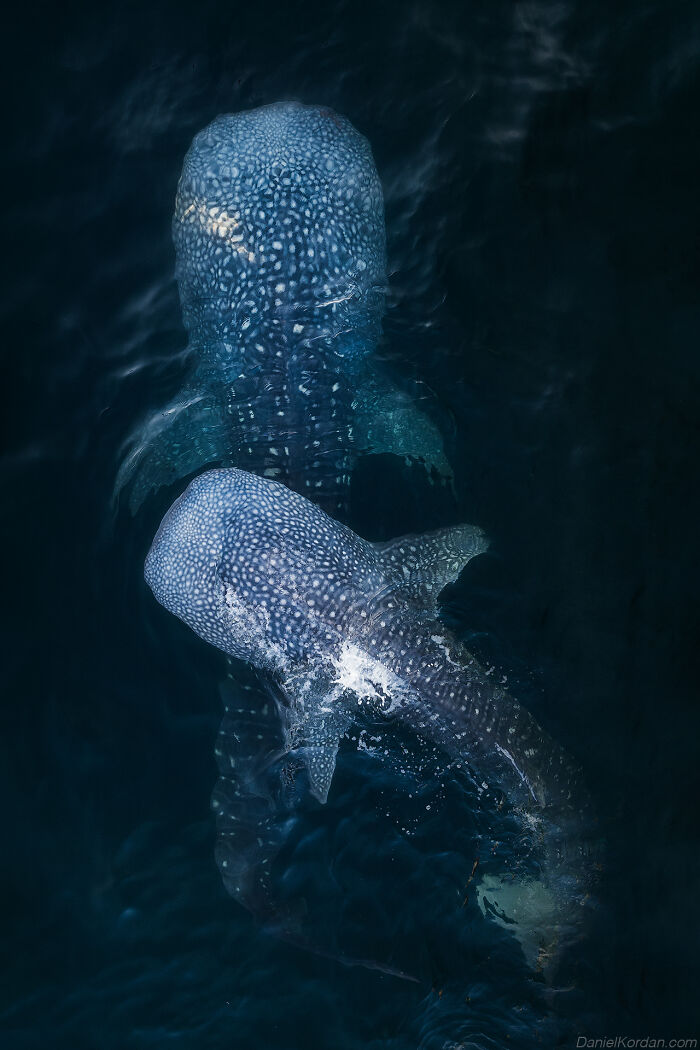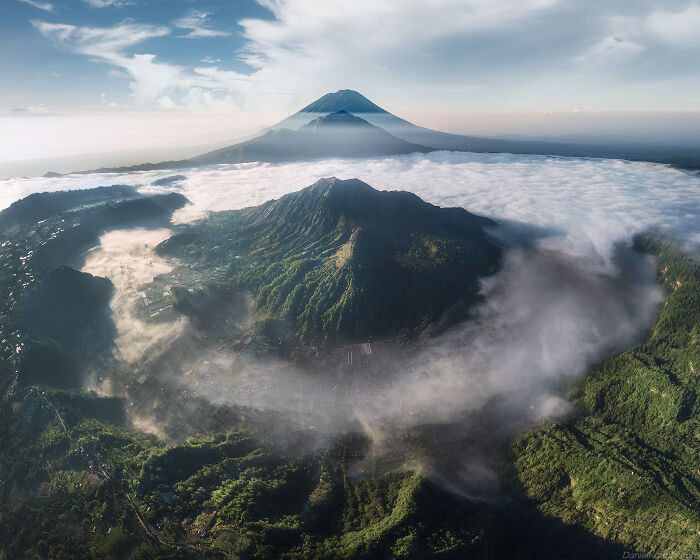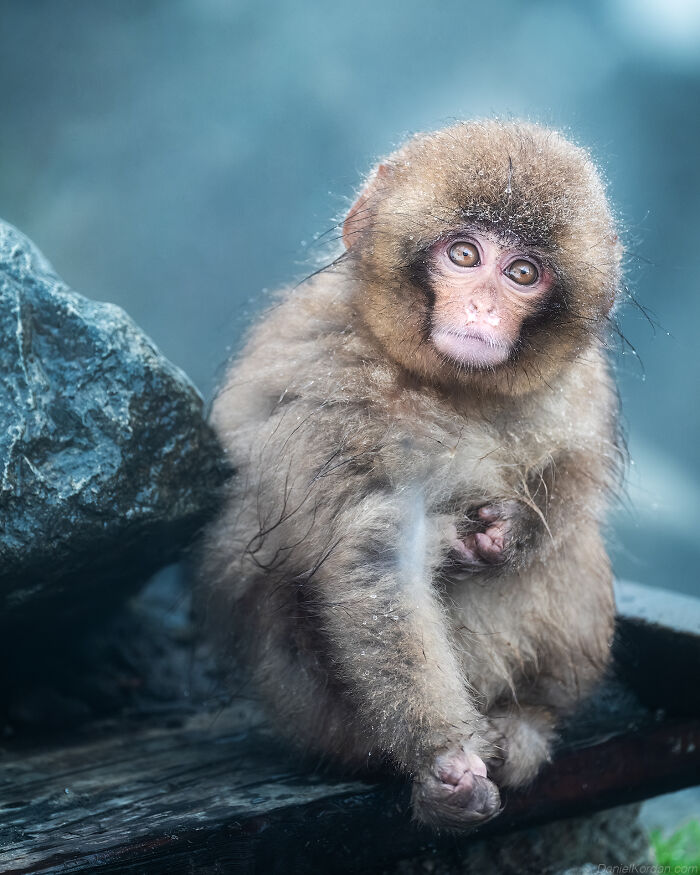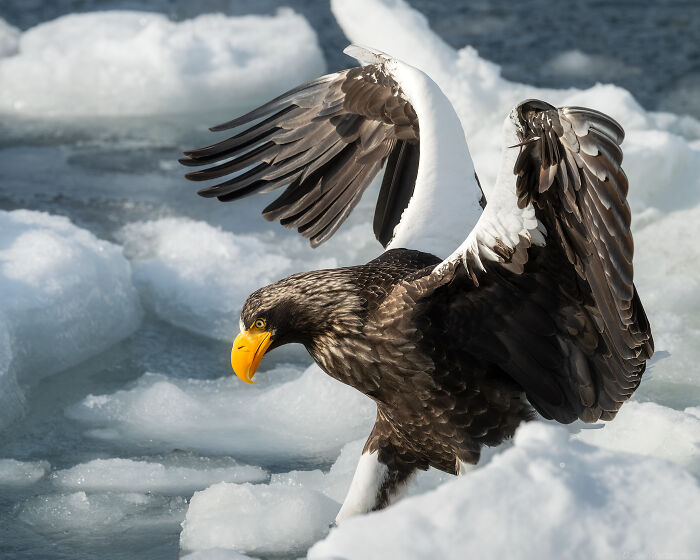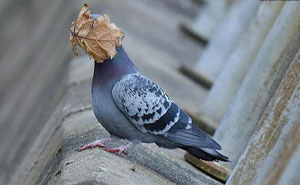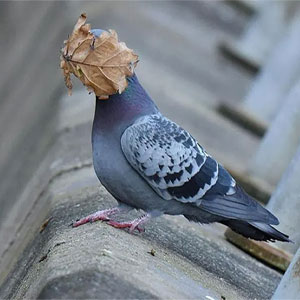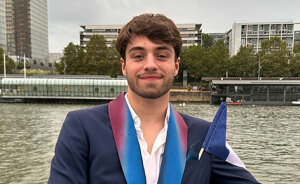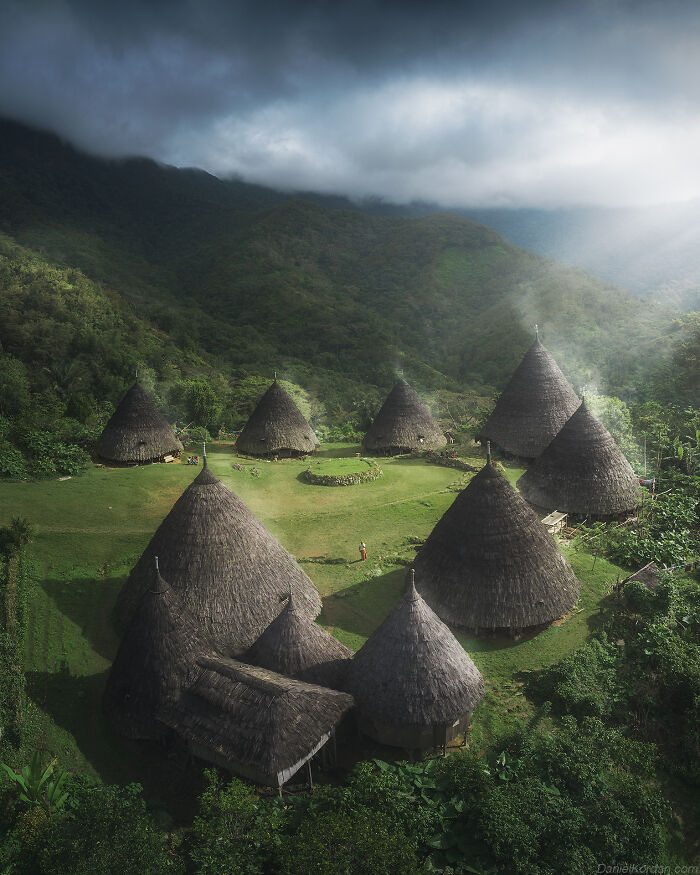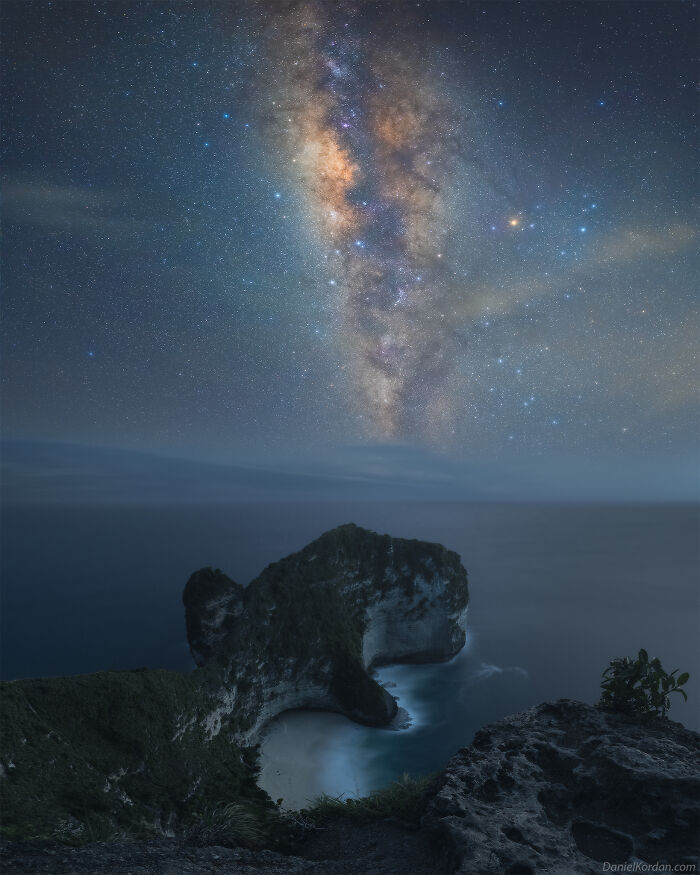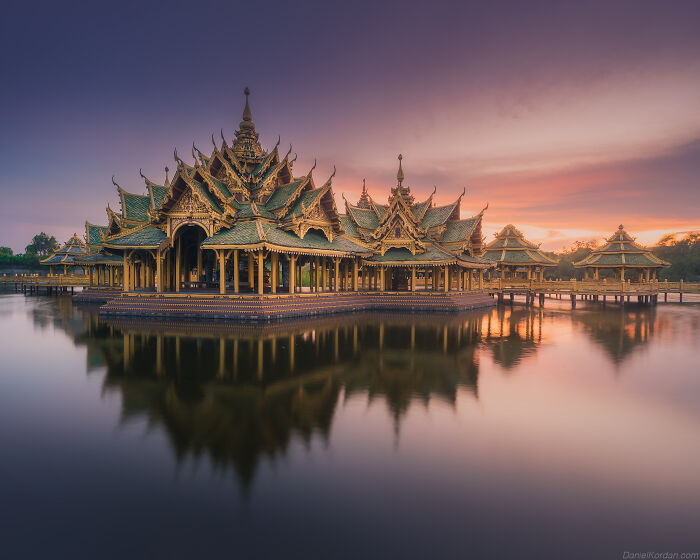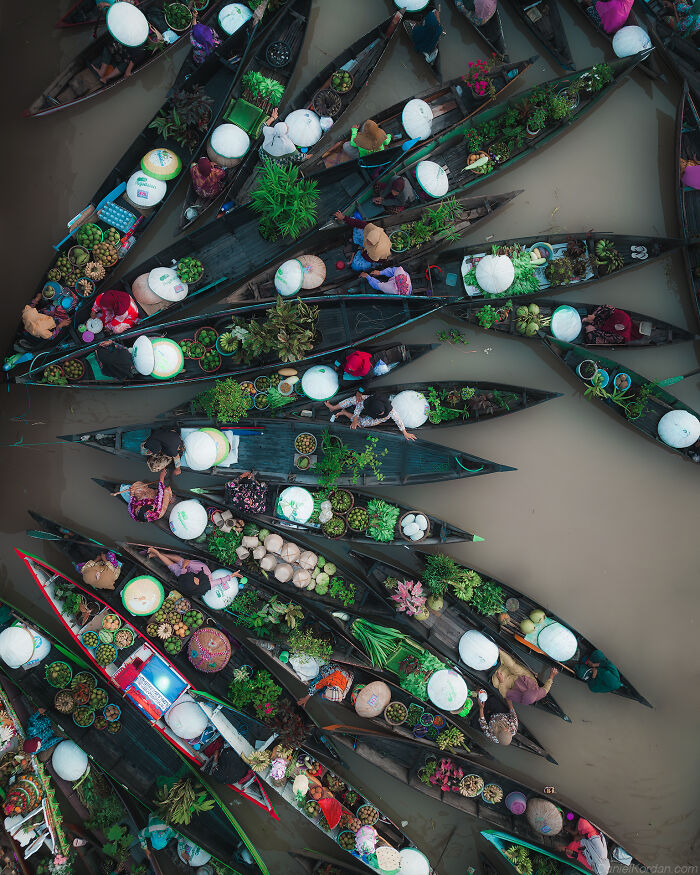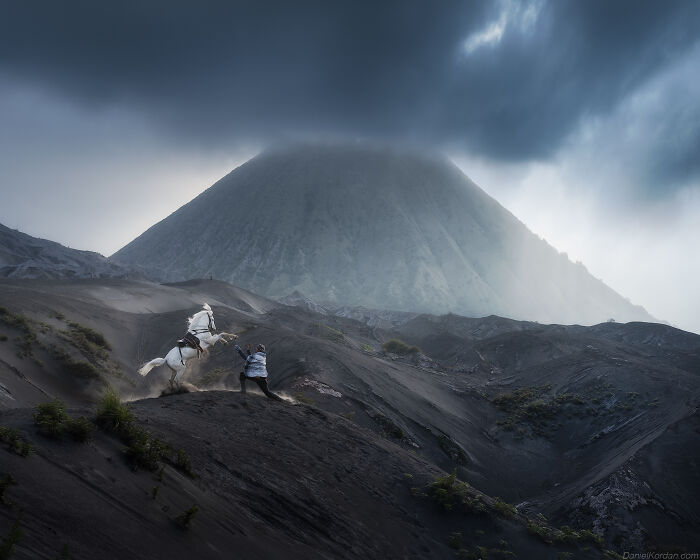The author of the breathtaking shots shared with us that his journey into photography started “with a deep-seated love for nature and adventure.” He said: “About 10 years ago I started as a guide in a mountain club. This gave me the opportunity to travel to amazing places. Many of these guiding tours enabled me to experience wonderful sunrises (above the clouds). This made a great impact on me. “I had a desire to document and share these beautiful moments with others. In addition, I met a lot of wonderful people and experienced different cultures. And that’s precisely what I love about it: your camera brings you to meet other people and new places.” Scroll down to see some of the best works by Daniel, and let us know in the comments below which one of the places captured by the photographer you’d like to visit the most. More info: Instagram | danielkordan.com Now that I’ve become a full-time landscape photographer (and a Nikon Ambassador), I still don’t consider my photography workshops as work. It’s because I’m so emotionally involved. Photographing has become an essential part of my life.” The photographer added: “In my first years building a portfolio, I was not known as a photographer. Because of this, I experienced little or no feedback on my work. There were no companies or people to cooperate with. I had to work for myself. Often I felt like a lonely wolf strolling in the mountains. To be correct, it took around 7 to 8 years of my career just to form my skills and portfolio. Finally, after all these years of intense work, my work started to pay off (with licenses, print requests, and plenty of returning customers on my tours). I got more widely recognized, and financially I began to make it a livelihood.” Specializing in capturing diverse locations was a natural progression for me. I have always been fascinated by the incredible variety of landscapes our planet has to offer, from the icy wilderness of Antarctica to the otherworldly landscapes of Iceland. Each location presents its own unique set of challenges and opportunities, pushing me to constantly evolve and refine my craft.” One of the key factors I consider when choosing a location is its natural beauty and cultural significance. I am drawn to places that offer a rich tapestry of landscapes, from towering mountains and pristine beaches to ancient forests and bustling cities. I also look for locations that are off the beaten path, where I can immerse myself in the local culture and connect with the natural world in a meaningful way.” Daniel added: “Ultimately, my goal is to create images that evoke a sense of wonder and awe, transporting viewers to far-off lands and inspiring them to explore the beauty of our planet for themselves.” Step 1 – Research if the topic is fresh and novel Step 2 – Research about creative ideas Step 3 – Tell a story by your images / imagine a story Step 4 – Find sponsors or partners (often a method of 100 letters helps, where you send out a lot of emails explaining the marketing value of your project) Step 5 – Collaborate with local people, communities, and guides who can help you accomplish the project in the fields. Build a team. Step 6 – Publish as much as possible (exhibitions, books, articles)” The photographer mentioned that the advantage of working at a particular location for a long time (returning there in different seasons or different years), is that you become more recognizable by both photographers and local people. Kordan has added a few additional important tips for future photographers: “In addition: request critiques from fellow photographers. Sadly, (nowadays) I think it is almost impossible to get constructive critiques. For that reason, it’s essential to find a person who’ll kick you if you get stalled. Finally, I would like to remind you that it takes a long time to make your portfolio ‘work.’ Therefore, you have to work very hard every day, to achieve your dream. Work with foreground. Sometimes ‘treasures’ lie beneath your feet: ice shards or beautiful snow texture, sand pattern. Use foreground to transfer the viewer inside the frame. A well-chosen foreground may create a completely different photo even in a well-known location. Balance the foreground with the middle- and background. If you choose too heavy a foreground, you will not feel the altitude of distant mountains and a major part of your composition will not be readable/expressive.” In my particular work as a tour leader and guide, an essential skill is to guide the group and preserve the atmosphere of social comfort inside the group, the ability to pay attention to details, and treat people with constant attention. It is quite useful, if you like to drive, to include 4x4 skills and to know basic medicine and safety techniques in the mountains. Usually, knowledge of additional languages is very useful and leads you to better communication with local people. As my practice tells me, the most useful languages for travel are English, Spanish, and French.” For example: high elevation. I’ve had photography sessions 4,000-5,000 m above sea level. To endure our stay, we first needed 5-6 days to acclimatize. Subsequently, we spent the next 2 weeks at Altiplano (full-time at 4,000-5,000 m). It felt so hard to move and hard to breathe. But due to proper planning, we were able to conduct the session in a safe way.” In addition to gear, I also pay close attention to the practicalities of travel, such as obtaining necessary permits and visas, arranging transportation and accommodations, and planning for emergencies. I strive to strike a balance between spontaneity and preparedness, allowing for flexibility while also ensuring that I am well-equipped to handle any challenges that may arise along the way.” As I stood beneath the dancing lights of the aurora, I felt a profound connection to the natural world and a sense of humility in the face of its beauty and power. It was a moment of pure magic that reminded me of the importance of preserving our planet’s precious ecosystems for future generations to enjoy.” It’s hard to believe your eyes and senses while standing in the middle of these salt flat floods by night. Let me explain my experience: Our ‘spaceship’ (car) was parked in the distance and the stars were blinking with blue, red, and yellow colors. The stars surrounded me completely. They were above me, next to me, and ‘underneath’ me. It felt like space on Earth!” Encounters like these serve as a constant source of inspiration for my photography, driving me to seek out new adventures and explore the farthest reaches of our planet in search of moments of wonder and beauty.” Follow Bored Panda on Google News! Follow us on Flipboard.com/@boredpanda! Please use high-res photos without watermarks Ooops! Your image is too large, maximum file size is 8 MB.
